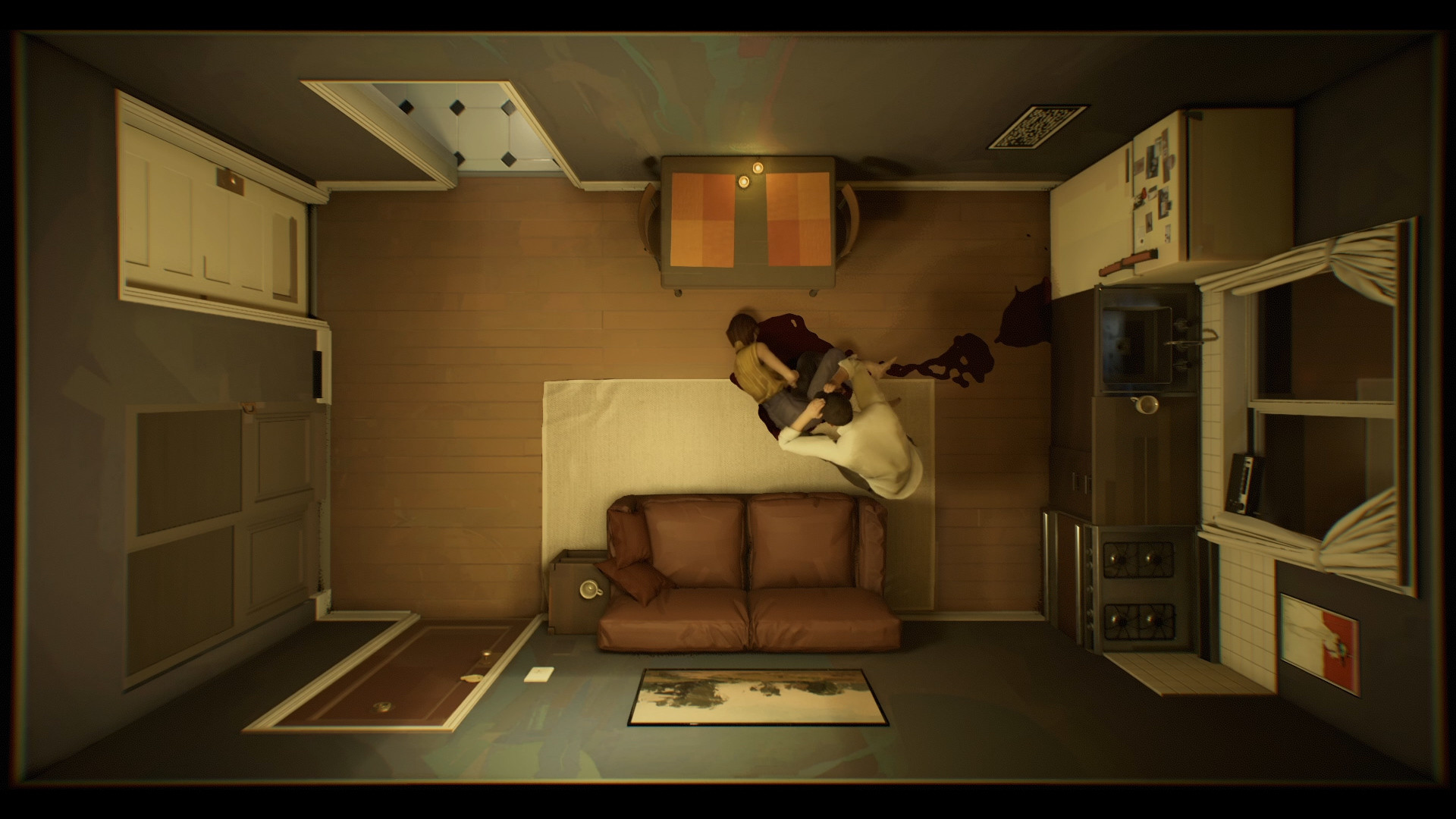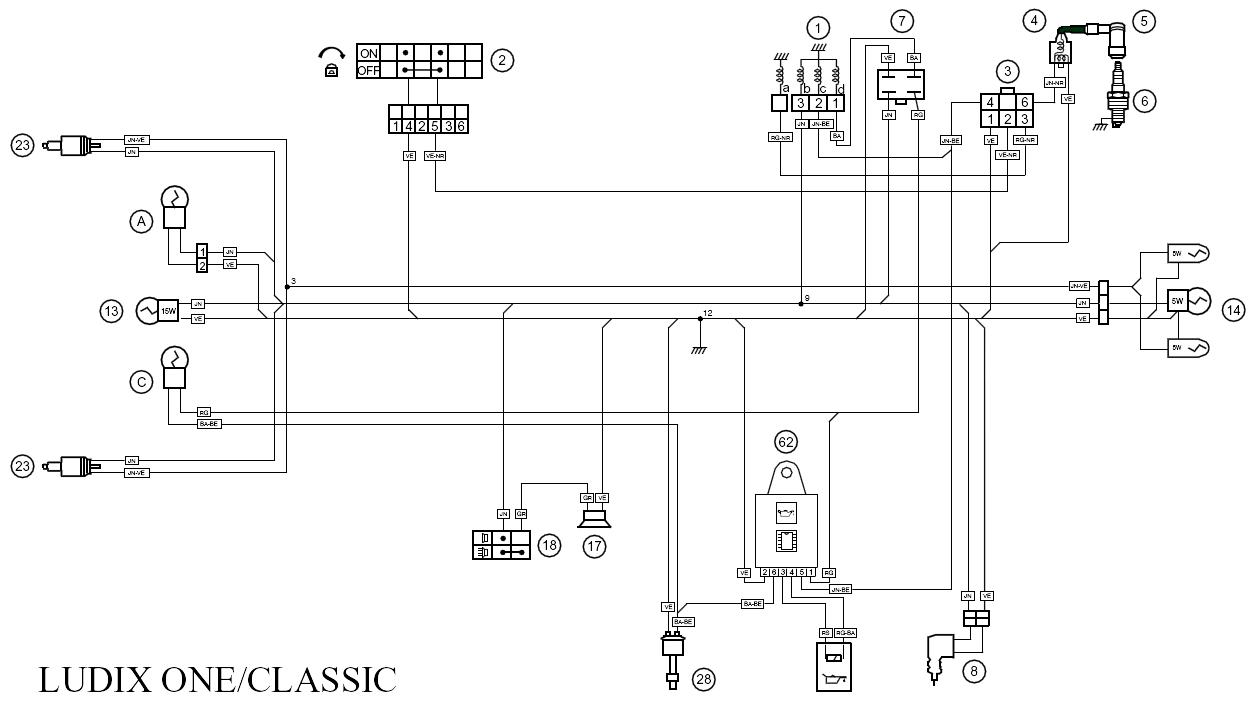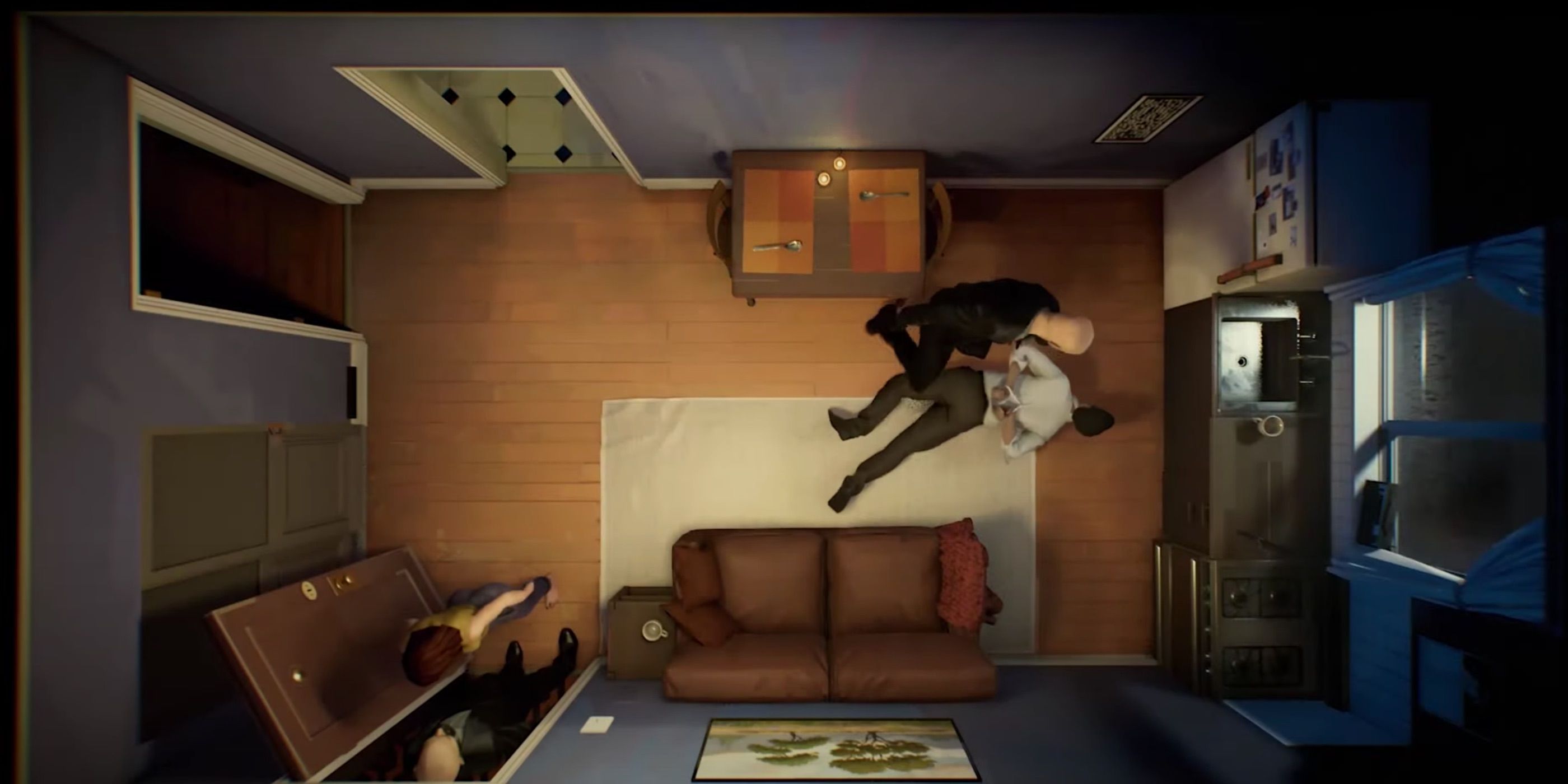

This lowers the car, and its grip, to the level of the cable underneath, allowing the grip to grasp the cable.Īmong other locations, this happens in both directions where the Powell and California cable lines cross. At other terminals (and at other locations on the system), you will see a noticeable dip in the tracks. This lifts the cable upward so the grip can grasp it. Taking and Dropping the ‘Rope’Īt some terminals, you will notice the conductor pulling on a lever in the street. If a cable car is going faster than that, it’s a sure thing that the car is going downhill and the grip is not holding the rope tightly. The cables move at a constant 9.5 miles per hour. The gripman (or gripwoman-two women in history have served in that position we’ll use ‘gripman’ to represent all, uh, grippers) can ‘take’ or ‘drop’ the ‘rope’ (as the cable is called) as needed to start or stop the car. The cables are over an inch in diameter, with six steel strands of 19 wires each wrapped around a core of sisal rope.Įach cable car has a mechanical grip (two on the double-end California cars) which latches onto the cable, much like a huge pair of pliers.

As the cable naturally stretches out with use, the wheel is gradually moved back by shop workers to keep constant tension on the cable. When a cable is new, this rearmost wheel is close to the other winding wheels. The rearmost winding wheel in each set is adjustable. Here’s a map.Įach cable has its own set of winding wheels. There are actually four cables, one for the California line, one for Powell Street, and one each for the outer ends of the two Powell lines (Mason and Hyde). All of this was replaced with new but identical-appearing equipment by 1984. Cable car Powerhouse, 1981, showing the giant cable winding wheels and electric motors. There, powerful electric motors (originally a stationary steam-powered engine) drive giant winding wheels that pull cables through a trench beneath the street, centered under the cable car tracks (that’s what’s in that slot between the tracks). The power source is centralized in the cable car barn and powerhouse at Washington and Mason Streets (also home to the Cable Car Museum).

Once he leaves, go back to the bedroom and cuddle with the wife’s corpse.Cable Cars have no engine or motor on the cars themselves. Use the cellphone to call 911, lie that the wife committed suicide, and then give the cop the watch. The cop will murder the wife and tell players to call the police.
#12 MINUTES ENGINE FREE#
Let him stand up and free himself, then calmly go back to the couch and wait. Once the cop starts to wake up, tell him you are innocent and agree to work with him.
#12 MINUTES ENGINE ZIP#
Wait for him to shock himself, now loot only a single zip tie from his inventory and bind his hands. Now go to the bedroom and flip the light switch only once, enter the closest and get the cellphone, and then wait inside for the cop to break in (it will go faster if the front door is unlocked and open). Similar to the above prerequisites, drug the wife’s water with sleeping pills and grab the watch from the bathroom vent. Once he shows up, openly confess to being a murderer and let her give over the watch to him. Give the watch to the wife and agree with her to wait for the cop to arrive. Pick up the kitchen knife, enter the bathroom, close the door, open the vent with the knife, and take the watch.

During this timeline, once learning about the nanny immediately tell the wife that you now remember killing her father.


 0 kommentar(er)
0 kommentar(er)
